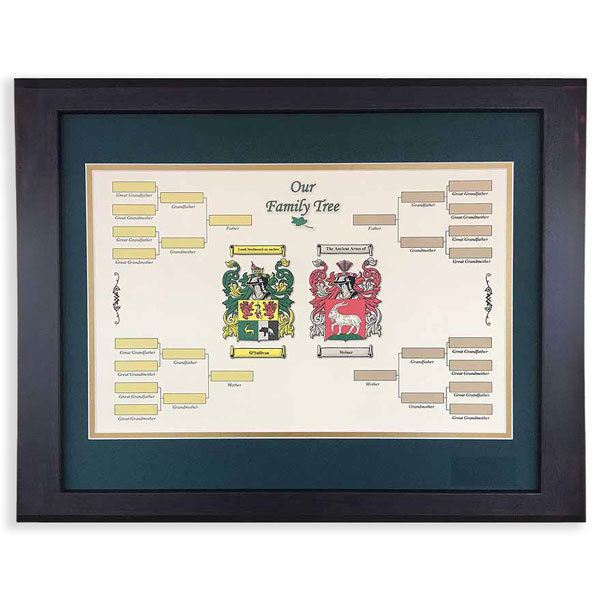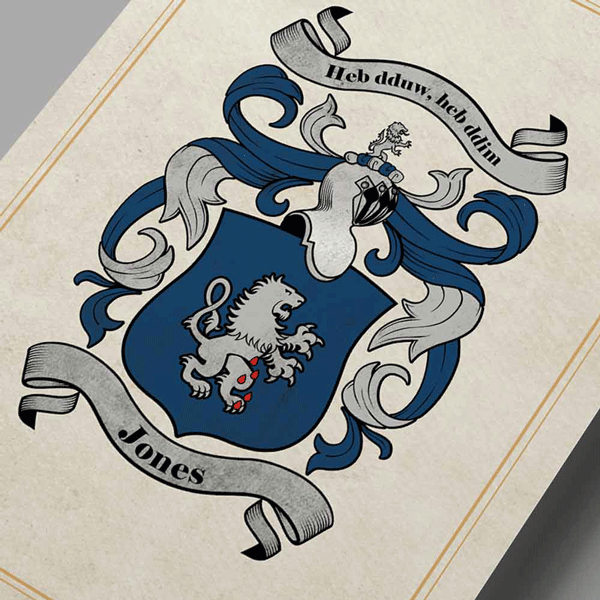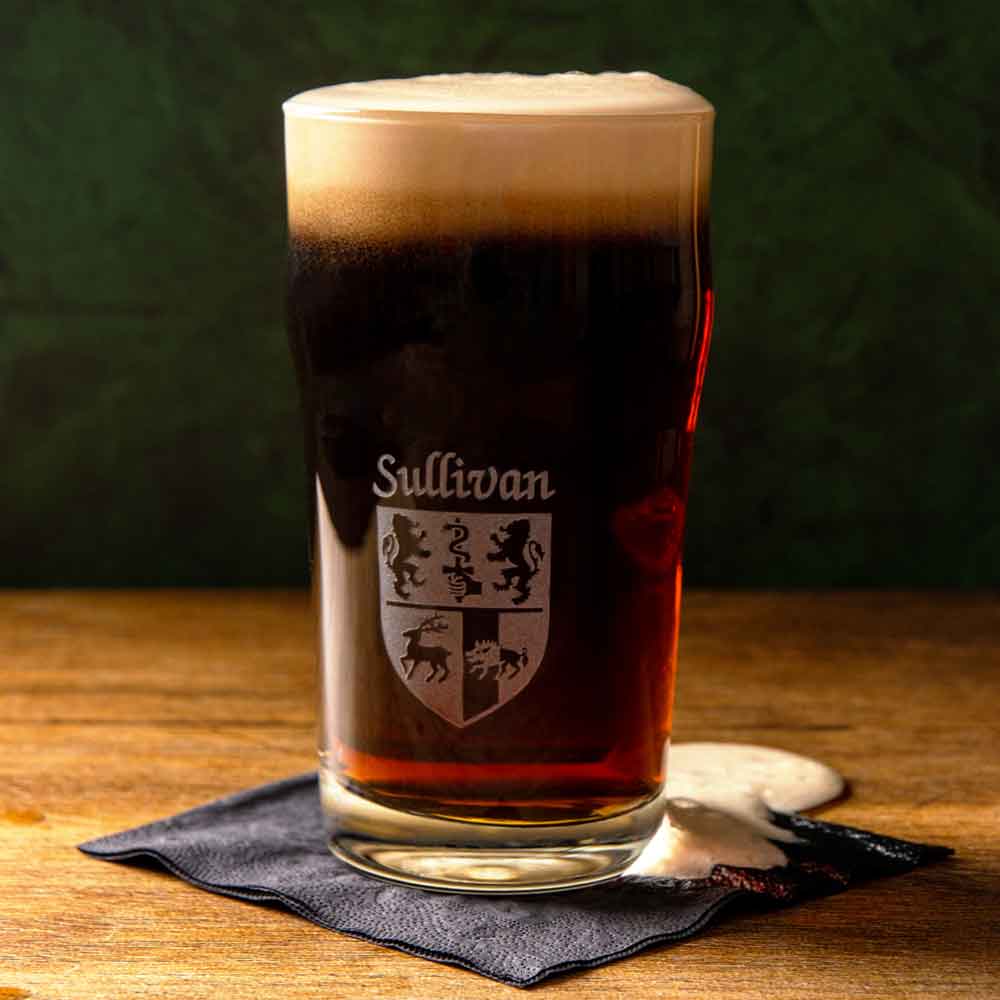When families gather, talk often turns to what makes us us. We share stories that shaped our family history and discuss which children have whose eyes or whose laugh. Professions might run in a family with children taking over the family business or following in a parent’s professional footsteps. Recipes and skills are taught. Even those generations removed from the family’s roots usually know a few words of their great-grandparents’ native language.
Our ancestors drew on the qualities that endured in their family to create their heraldic coat of arms. Today, we use avatars online or don sports jerseys to represent something about ourselves. But centuries ago, people developed coats of arms for this. The coats of arms you see on modern Irish gifts have been regulated since 1382. Today, the Office of the Chief Herald is overseen by the National Library of Ireland. Those heraldic images aren’t random or recently made up. They have been formally associated with Irish surnames for many, many generations.
Heirloom Gifts that Honor Your Heritage
Many people around the world have Irish ancestors so far back in their families that no one alive today knows much about those individuals. It isn’t always easy to trace Irish ancestry. Sometimes people were fleeing political persecution because they fought for Irish independence and they needed to conceal their identity to avoid prison. Sometimes their names were mangled by immigration officials. English speakers made O Suileabhain into Sullivan, O Cinnéide into Kennedy and Mac Bhriain into O’Brien.
We might not know much about our oldest Irish ancestors, but the coat of arms for an Irish surname can offer some precious insight. That’s one reason they are such enduringly popular Irish gifts.
What Does Your Irish Coat of Arms Say?
A coat of arms, also known as a herald or a blazon, has three primary parts: arms, crest and motto. Th arms are the main design, the crest sits atop the shield and the motto goes below. The details of every element of a coat of arms says something. These aren’t just another pretty design. Every image and color has meaning that offers a wee glimpse into our deepest roots.
Many heralds feature animals, both real and mythical. Irish designs through the ages have often featured stylized images of animals from the intricate knotwork animals of the Book of Kells to the native species featured on Irish coins before the advent of the Euro.
Despite St. Patrick’s efforts, snakes persist in Ireland – in our family crests, where they represent knowledge and wisdom. Deer and stags are native species once found throughout Ireland. They symbolize peace, harmony and tranquility – a far cry from the coat of arms origin as a way to identify warriors in battle. Lions stand for courage, and if an entire boar is featured, it means fierceness on the battlefield. If only the boar’s head appears, it represents hospitality.
Some coats of arms don’t feature animals or other symbols, but they aren’t just decoration. The colors have meaning.
- Red: Military prowess, courage
- Blue: Loyalty, truth, awareness
- Green: Hope, joy, love
- Black: Constancy, unwavering
- Silver: Sincerity, peace
- Gold: Generosity, abundance, success
Raise a Toast to Your Irish Ancestry
We might not know much about our great-grandparents or our ancestors before them, but with a family crest we get some insight about our roots and some inspiration for our future. Irish gifts featuring family coats of arms such as wall plaques and glassware are extremely popular as wedding presents. They are perfect any time you want to celebrate your roots or those of a loved one.











